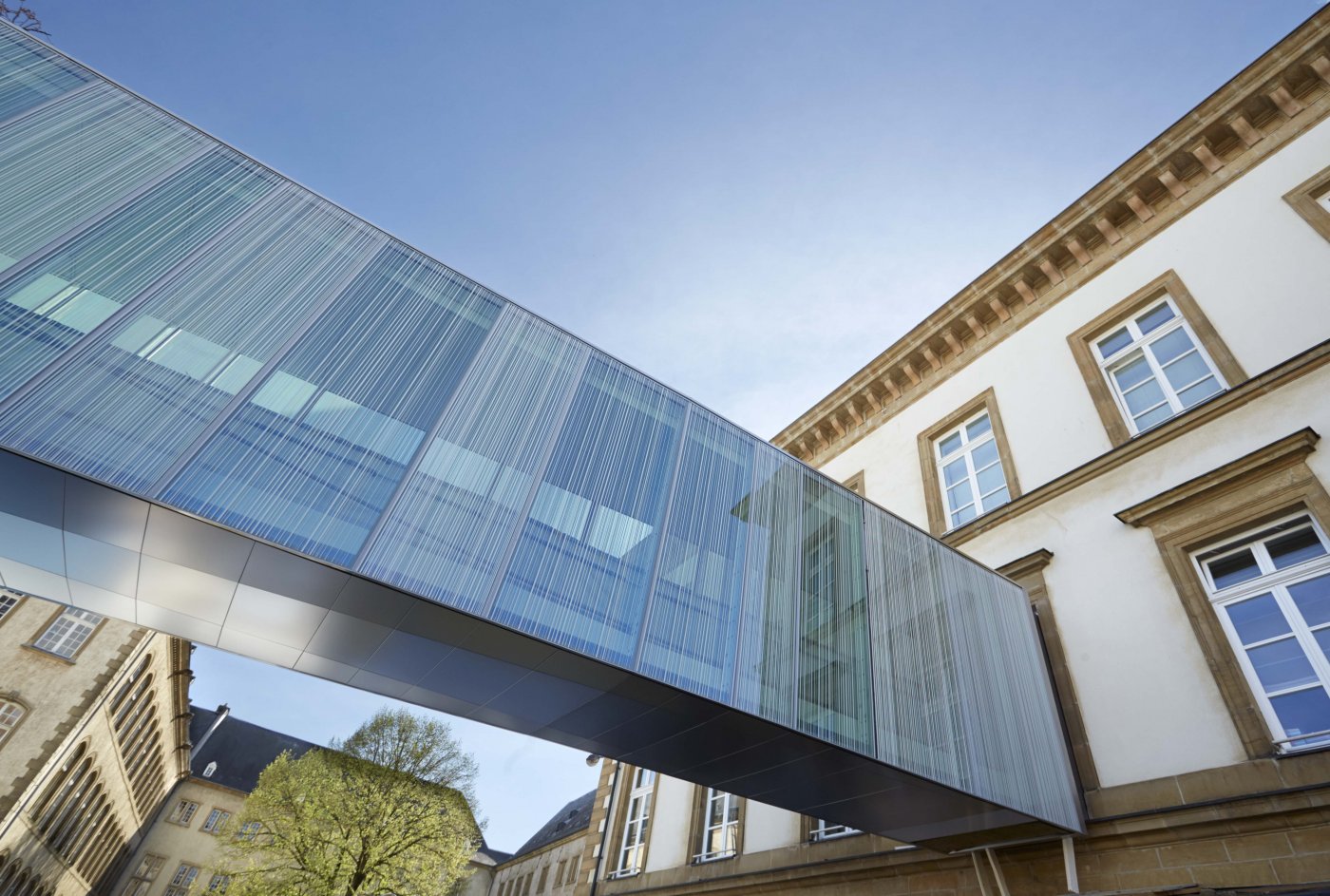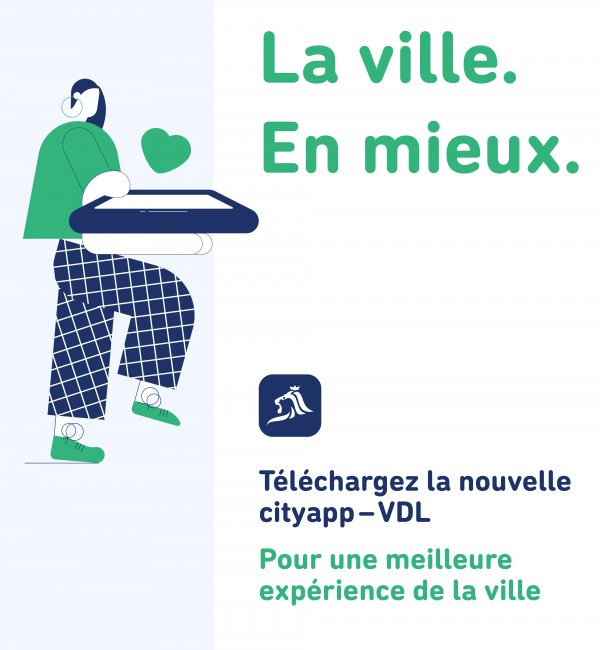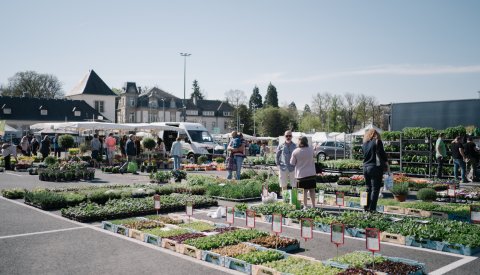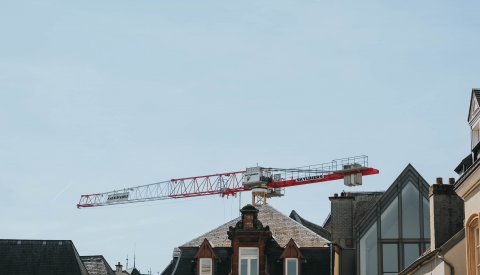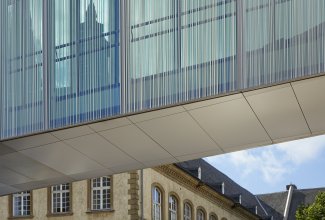About this district...

Buergbrennen
The old Luxembourgish tradition of Buergbrennen (bonfire night) takes place on Buergsonnden, the Sunday after Carnival Sunday.

Cessange: Rue des Champs, Rue Nicolas Gredt, Rue Tubis
Upgrade works will last until the winter of 2022.

Local fairs
These local fairs provide a friendly atmosphere where people can meet and socialise.
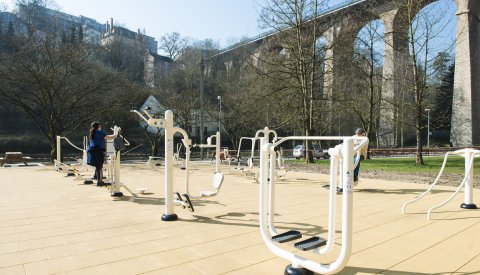
Outdoor gym
Exercise in the open air with fun-to-use, high-quality equipment designed for a comprehensive workout. The equipment is suitable for people of all fitness level...
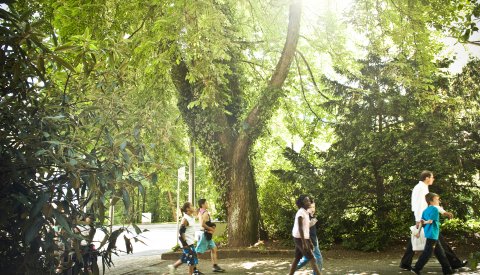
Service Parcs
Edouard André Municipal Park in the city centre, Tony Neuman Park in Limpertsberg, Merl Park in Hollerich, Cessange Park, Laval Park in Eich and Kaltreis Park i...
